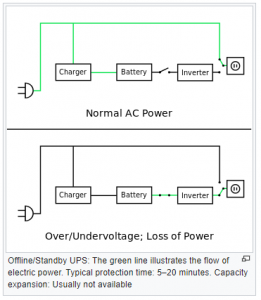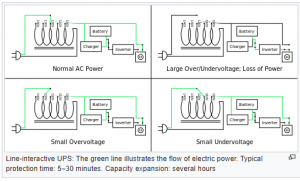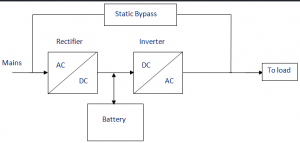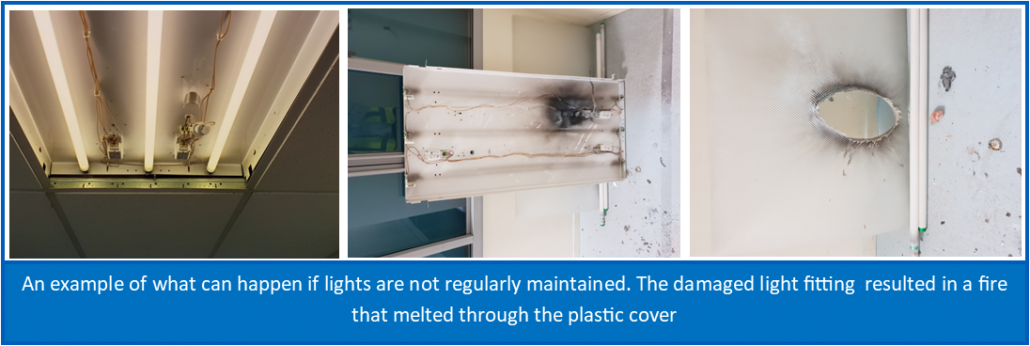Covid-19 Update – August 2020
As you will be aware there have been new cases of COVID-19 (Corona virus) identified in Auckland. While we are all hopeful that these cases will be contained and a wide-spread community outbreak won’t occur, we want to assure our customers that we are doing our part in maintaining good public health measure to prevent the further spread of the virus.
WHAT ARE WE DOING?
At EAS, the well-being of our employees and customers are our top priority. We are ensuring that all staff are minimising the risk of any virus transfer through:
- Daily cleaning and sanitising of all work areas in our offices, our work vehicles and hand tools.
- Making hand sanitiser and antiseptic wipes available to all staff.
- Educating staff on the need to be more vigilant and more regular with hand washing and avoiding touching their faces.
- Encouraging all staff who are sick or have immediate family members who are sick to stay away from work.
- Setting up processes so office staff can work from home, should alert levels in the Waikato be raised.
- Encouraging staff to forgo handshakes as a form of greeting.
- We have split our frontline staff into teams to ensure that even if a staff member becomes ill, you can be assured we still have teams available who have had no contact with them
WHAT DOES THIS MEAN FOR OUR CUSTOMERS?
EAS will remain fully operational continuing to assist our customers with all their electrical and automation needs until the Ministry of Health advises that is not possible.
We are taking all steps to ensure our staff remain fit and healthy, however we will be taking increased precautions and encouraging staff to stay home if they show any symptoms. This may increase the risk of reduced staffing levels.
In this event we may have to prioritise work. First priority will go to breakdowns, which may result in some planned maintenance work being pushed back. We will be monitoring demand on a daily basis and be in regular contact with any customers this may affect.
We will continue to monitor Ministry of Health recommendations and proactively work with our staff and customers to minimise business disruption.
We thank you for understanding and cooperation.

WANT TO KNOW MORE ABOUT COVID-19?
For the latest information on what is happening with Covid-19, please visit the Ministry of Health website.







